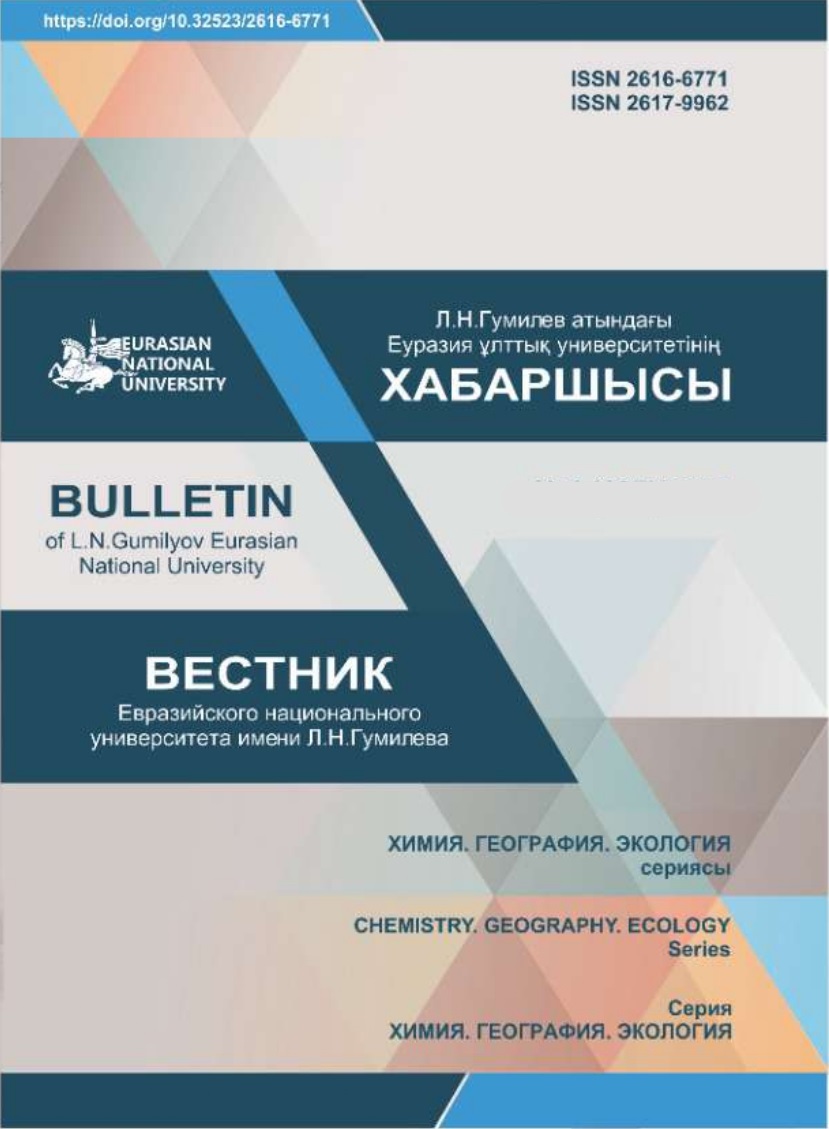Production of tetrahydrofurfuryl alcohol by hydrogenation of furfuryl using an aluminumnickel alloy catalyst
Views: 206 / PDF downloads: 207
DOI:
https://doi.org/10.32523/2616-6771-2022-138-1-24-30Abstract
Alkalized catalysts significantly affect the activity of furfural hydrogenation catalysts
based on a complex of X-ray diffraction studies based on a complex of X-ray diffraction studies. The
skeletal nickel catalyst and the aluminum-nickel alloy catalyst are complex multicomponent systems
consisting of impurity oxides and intermetallic compounds. Thus, when metals are introduced into NiAl catalysts, zirconium, niobium, molybdenum, chromium, and copper alloys have a significant effect
on the phase composition, structure, and aspect ratio of skeletal nickel catalysts. In an aluminum-nickel
alloy catalyst, additives other than the usual Ni-Al (50-50) - NiAl3, Ni2Al3 and eutectic (NiAl3 + Al)
phases form new, yet unknown Fx-phases. In addition to skeletal nickel catalysts, the catalysts consist of
additives Y-Al2O3, Ni2Al3 and Fx. Doped aluminum-nickel compounds do not affect the parameters of
the nickel crystal lattices, however, they significantly crush the catalyst crystals (L) and increase the
specific area of the catalyst by 95.0-128.5 m2/g.








